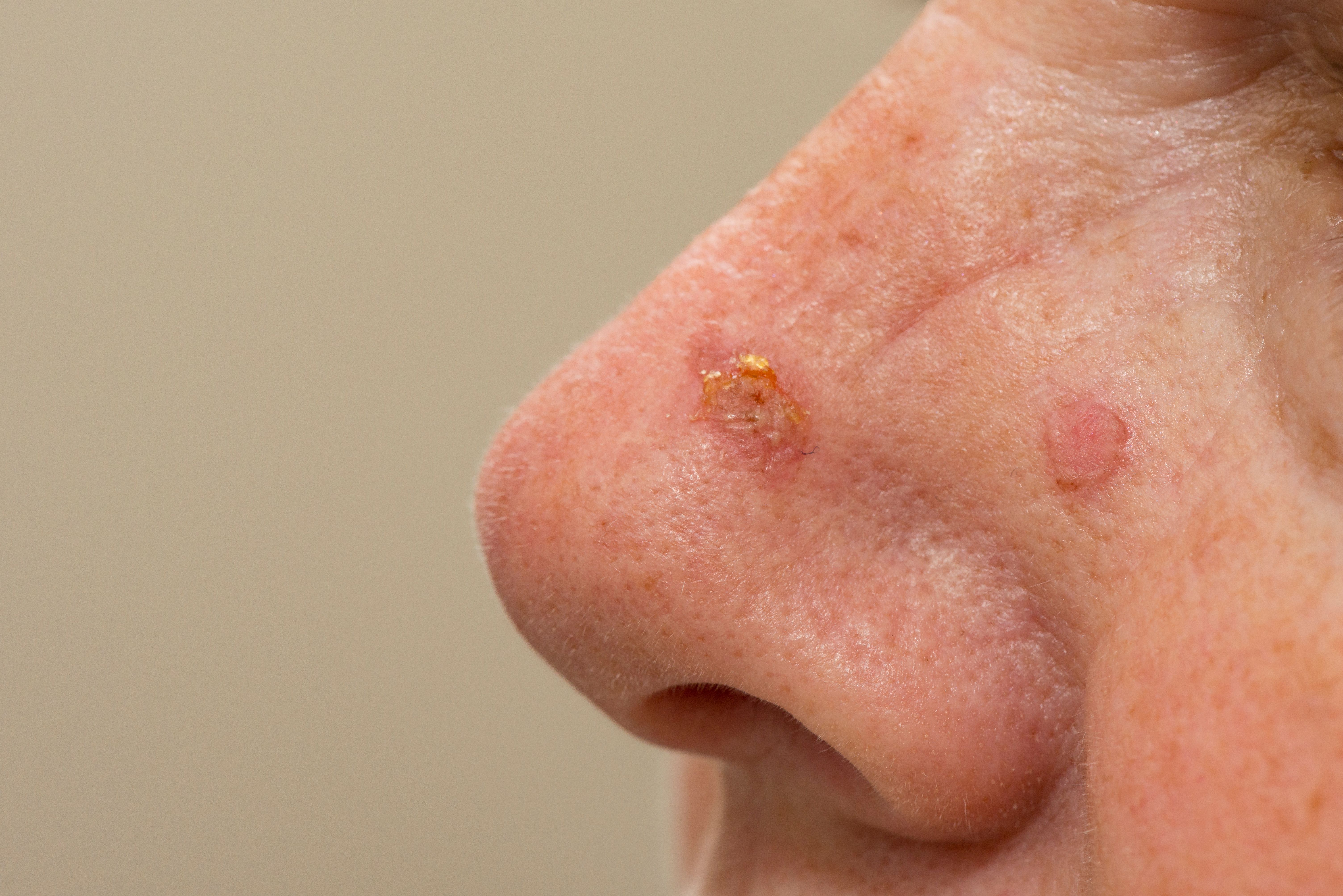- Center on Health Equity & Access
- Clinical
- Health Care Cost
- Health Care Delivery
- Insurance
- Policy
- Technology
- Value-Based Care
FDA-Approved Red-Light LED Lamp Released for Patients With Actinic Keratosis
The announcement followed the release of the RhodoLED XL red light-emitting lamp, to be used in combination with aminolevulinic acid hydrochloride topical gel, 10% for actinic keratoses.
This article was originally published in HCPLive®.
The biopharmaceutical company Biofrontera Inc., known for dermatologic product commercialization, announced that its RhodoLED XL red light-emitting LED lamp had been released and approved by the US Food and Drug Administration (FDA) for use among patients with actinic keratosis.1
The new device was specifically approved by FDA officials to be used in combination with aminolevulinic acid hydrochloride topical gel, 10% (Ameluz) as photodynamic therapy (PDT) for individuals with actinic keratoses of mild-to-moderate severity on the face and scalp. The commercial distribution by the company of the RhodoLED XL began in June 2024.
Actinic keratosis are a common precancerous skin lesion | image credit: clsdesign - stock.adobe.com

"We are delighted to introduce the RhodoLED XL lamp to the dermatology community in the US," Hermann Luebbert, Biofrontera CEO, said in a statement. "This new device underscores our commitment to innovation and excellence, providing dermatologists with a powerful tool to deliver superior patient care.”
Luebbert noted that the RhodoLED XL lamp's design and features, described as user-friendly, could set a new standard for patients using photodynamic therapy. The announcement acknowledged the leap forward in PDT presented by the lamp for patients with actinic keratosis, a condition known to be the most common pre-cancerous dermatological condition.
Actinic keratosis impacts around 11% - 25% of individuals in the US, frequently appearing on skin exposed to ultraviolet (UV) radiation for extended lengths of time. The announcement of the RhodoLED XL follows the FDA’s recent expansion of tirbanibulin’s use among those with actinic keratosis on larger areas of the scalp or face, specifically with up to 100 cm2.2
The new lamp was described by Biofrontera’s announcement as having a sturdy yet elegant design, as well as having easy maneuverability and the ability to adjust to several different patient positions for the purposes of usability.
The announcement highlighted the FDA’s aforementioned approval of the aminolevulinic acid hydrochloride topical gel for utilization alongside either of the company’s RhodoLED lamp models. They added that the RhodoLED XL introduces the capability of such devices to cover a larger region during a single session of PDT.
The new model, the RhodoLED XL, has 5 panels as opposed to a single panel like the earlier device. The announcement noted that this allows for a broader level of illumination, adding that the device’s positioning sensors can ensure that subjects may receive optimal energy delivery from its LED array.
“I’m pleased to say we have already shipped three of these new devices to customers in our first week of launch and the response from dermatology organizations across the US has been very encouraging,” Luebbert concluded in his statement.
References
- Biofrontera Announces the Launch of a New, FDA-Approved Red Light Source, the RhodoLED® XL Lamp. Biofrontera. June 24, 2024. Accessed June 24, 2024. https://www.biospace.com/article/releases/biofrontera-announces-the-launch-of-a-new-fda-approved-red-light-source-the-rhodoled-xl-lamp/
- P Lana. FDA approves tirbanibulin for actinic keratosis on larger areas of face, scalp. HCPLive®. June 10, 2024. Accessed June 24, 2024. https://www.hcplive.com/view/fda-approves-tirbanibulin-for-actinic-keratosis-on-larger-areas-of-face-scalp
